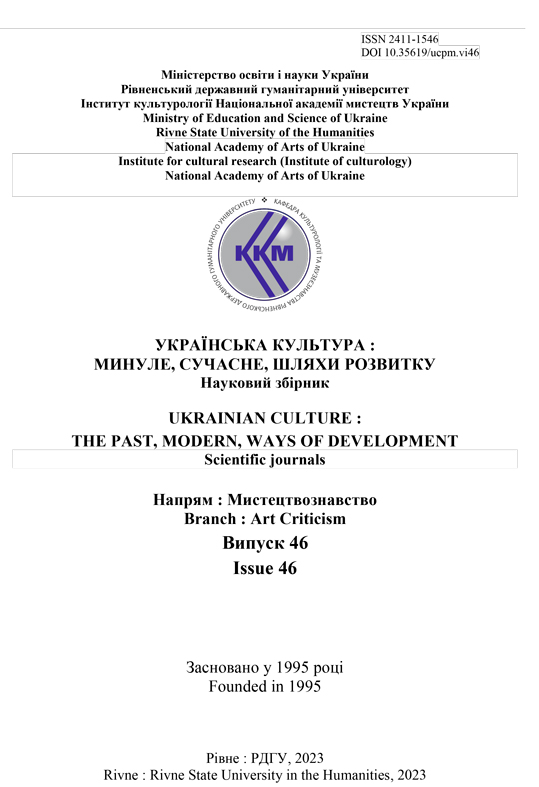THE SYMBOLIC SIDE OF THE «TRANSFIGURATION OF JESUS» ICON IN THE CONTEXT OF HESYCHASTIC ANTHROPOLOGY
DOI:
https://doi.org/10.35619/ucpmk.v46i.693Keywords:
hesychast anthropology, the Tabor Light, dispassionate state of mind, energetic ontology.Abstract
The goal of the current article is to uncover a symbolic aspect of the «Transfiguration of Jesus» icon in the context of the hesychast anthropology.
Research methodology. The issues raised in the article are related to the methodological basics of iconology, one of the tasks of which is the «translation» of theological ideas into the language of artistic images.
Results. The results of the research indicate that motif of the «Transfiguration of Jesus» reveals the meaning of the Christian teaching about the Tabor Light, which sparked controversy among theologians in the 14 th century in Byzantium. This motif demonstrates that in the Eastern Orthodox Christianity of 14th century, the theological doctrine of the uncreated nature of the Tabor Light acquired significant, determining importance as it was related to the idea that God is not transcendent and it is possible to approach Him through the actions of prosponous energies. As a matter of fact, the motif of the «Transfiguration of Jesus» actually implies the notion of the Uncreated Light radiance, which was revealed by Jesus on Mount Tabor.
The article covers the problem of the multiple ways of depicting of the Apostles and their reaction to the perception of the «Light». There is tendency for a gradual deformation of the main theological meaning behind this iconographic motif, that consisted in transformation of consciousness with the help of God‘s uncreated energies.
An important task for iconographers while working on the motif of the «Transfiguration of Jesus» is a comparison of Divine and made energies, painting of the uncreated and created natures of the light.
The article suggests to interpret the «Transfiguration» icon as a road map which outlines the main stages on the way to spiritual perfection.
Novelty. The scientific novelty of the article lies in the restoration of the initial meaning behind the «Transfiguration of Jesus» motif.
The practical significance. This scientific analysis uncovers the opportunities for further scientific research in bringing to the light of the symbolic aspects of the iconography of the Gospel narratives in terms of the Eastern Orthodox Christianity.




